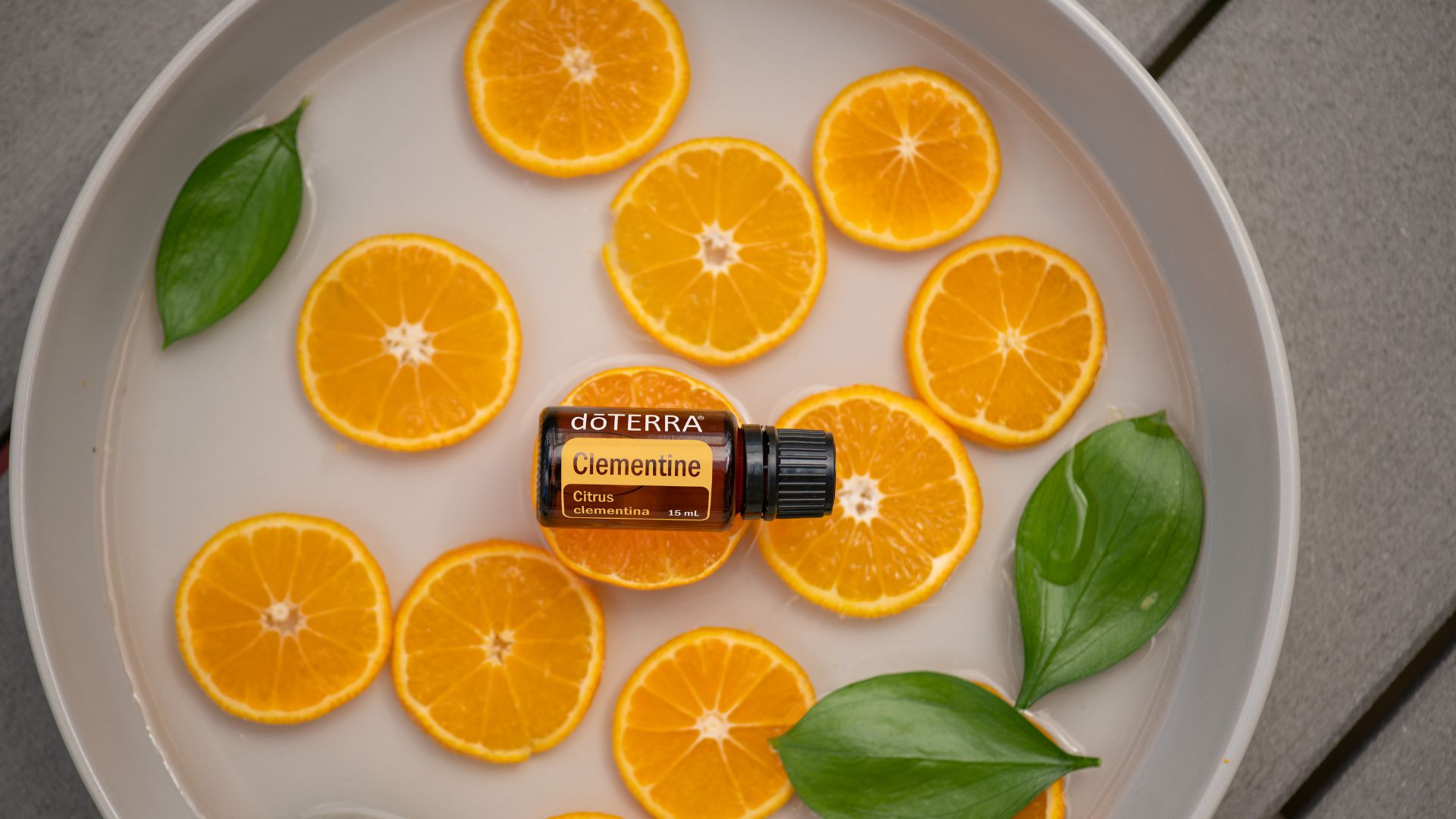Cosmetic procedures like topical fillers and laser resurfacing are established interventions for smoothing out wrinkles and fine lines. But they can also have side effects that include pigmentation changes, infections, red patches and bruising.
Hyaluronic acid protects and regenerates the skin’s underlying architecture by increasing moisture, stimulating collagen and elastin synthesis, promoting tissue repair and combatting ultraviolet radiation.
Hyaluronic acid is found throughout most tissues in the body, with the greatest concentration in the skin. It has an unmatched capacity to attract and retain up to 1000 times its weight in water. It forms the extracellular matrix, a loose hydrated network that provides structural integrity and cohesion to the skin.
By providing moisture between cells, hyaluronic acid increases volume and fullness that diminishes the appearance of wrinkles and fine lines.
While historically viewed as simply a “space filler”, accumulating research indicates that hyaluronic acid plays a greater role in fighting skin aging than previously thought.
Additionnal effects of hyaluronic acid:
- It promotes cell growth and proliferation to produce new skin cells that have a fresh, more radiant appearance
- It enhances the formation of new blood vessels (angiogenesis) to transport essential nutrients to skin cells from bloodstream, thereby providing an ideal environment for tissue repair, healing, and growth.
- It modulates the inflammatory and immune response to ultraviolet radiation, which reduces free radicals that lead to DNA damage and lipid peroxidation.
- It stimulates fibroblasts to produce new collagen by causing mechanical stretching of the dermis
The natural decline in hyaluronic acid production as we age is exarcebated by environmental stress, particularly chronic sun exposure. The fallout is a loss of moisture, abnormal structural changes to collagen and elastin, showed cell turnover, impaired tissue healing and compromised photoprotection – all of which lead to skin wrinkling, dryness, and sagging characteristic of premature aging.
Different molecular weights of hyaluroninc acid
The effects of topical hyaluronic acid depend upon its size or molecular weight. High molecular weight hyaluronic acid has been shown to exhibit anti-inflammatory activity on the skin’s surface, while low molecular weight hyaluronic acid penetrates more deeply into the skin where it boosts hydration and tissue repair. Thus, topical preparations containing both are ideal to achieve the complete anti-aging effects of hyaluronic acid.
Of course, don’t forget that it’s the specialist’s eyes, hands, technique that are the link between hyaluronic acid and your skin. So be very careful in selecting your skin’s wellbeing specialist. At Health and Prevention Center, you will be sure to get the best and most experienced in this field.








